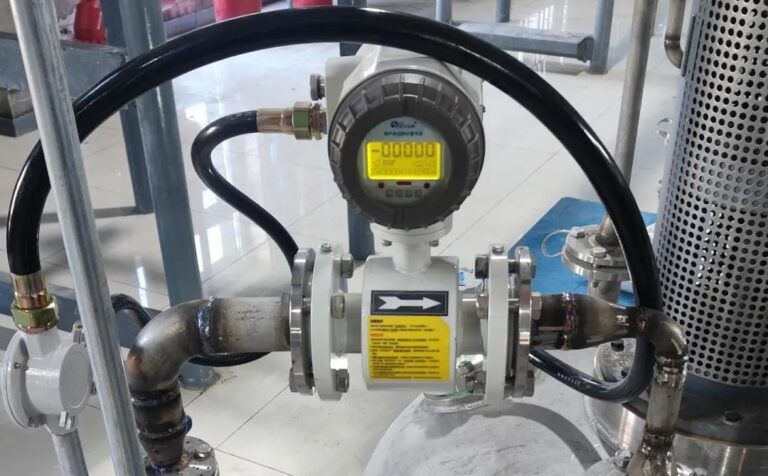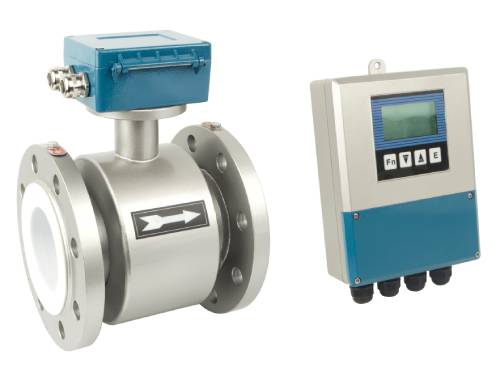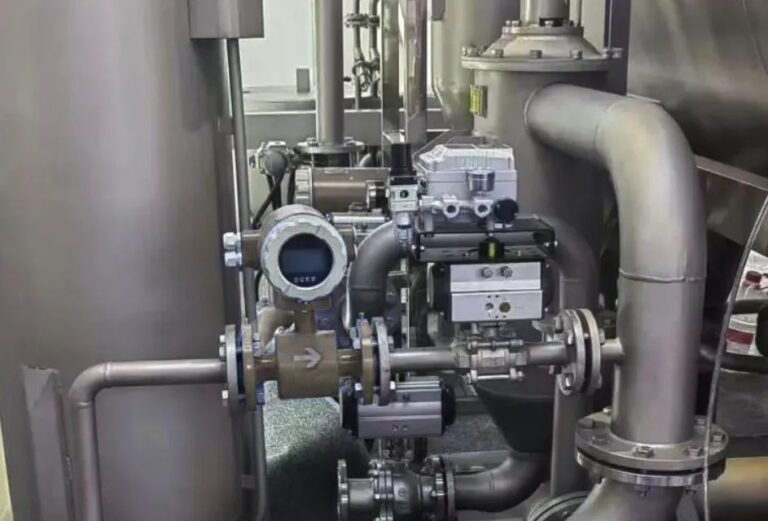Integrated and remote (split-type) instruments are two common structural forms of instrument devices, each with distinct features and suitable applications. Making the right choice between these two depends on the specific application scenarios and operational needs. Below is a comprehensive guide to help determine the most appropriate option.
Installation Environment and Conditions
Harsh Environments: For installations in areas with high ambient temperatures (above 60℃), corrosive gases, or strong electromagnetic interference, remote instruments are generally recommended. Their design allows the separation of sensors and signal processing units, minimizing the impact of adverse conditions on performance.
Stable and Accessible Environments: In environments with moderate conditions where the installation site is easily accessible for observation and maintenance, integrated instruments are more suitable. Their compact design simplifies installation and conserves space.

Case Study: A chemical plant operating in high-temperature zones adopted remote instruments to isolate sensitive electronic components from heat, significantly improving measurement accuracy and extending device lifespan.
Operational Convenience
Ease of Use and Monitoring: Remote instruments often feature larger display screens and more extensive control interfaces, providing enhanced convenience for operators to adjust settings and monitor performance. This is particularly advantageous in remote monitoring scenarios or when equipment is installed at elevated or hard-to-reach locations.
Simple Operation and Integration: Integrated instruments, with their high degree of integration, offer straightforward installation and user-friendly operation, ideal for users prioritizing operational simplicity.
Example: In a municipal water treatment plant, operators selected integrated instruments for their user-friendly setup and real-time monitoring capabilities, streamlining daily maintenance tasks.

Maintenance and Cost Considerations
Maintenance Flexibility: Remote instruments provide maintenance advantages since their sensors and signal processors can be serviced or replaced independently. This design is ideal for applications requiring frequent component replacement or complex maintenance routines.
Cost Efficiency: Although integrated instruments are simpler to install, any malfunction may necessitate a full replacement, potentially increasing long-term maintenance costs.
Statistical Insight: A market survey revealed that industries prioritizing low maintenance costs favored remote instruments due to their modular design, reducing overall repair expenses by approximately 25% over five years.
Application Scenarios
Highly Integrated Systems: Integrated instruments excel in industrial automation and water treatment sectors, where streamlined installation and space-saving designs are crucial.
Challenging Environments: Remote instruments are ideal for complex industrial settings requiring remote monitoring or large-diameter flow measurement.
Real-World Application: In offshore oil rigs with corrosive sea air and limited space, remote instruments have been implemented to improve data accuracy while protecting sensitive electronics from environmental damage.

Conclusion
Selecting between integrated and remote instruments involves balancing various factors, including installation environment, operational convenience, maintenance demands, and specific application needs. Carefully evaluating these aspects ensures the optimal instrument choice, enhancing system performance and reliability in diverse industrial settings.
